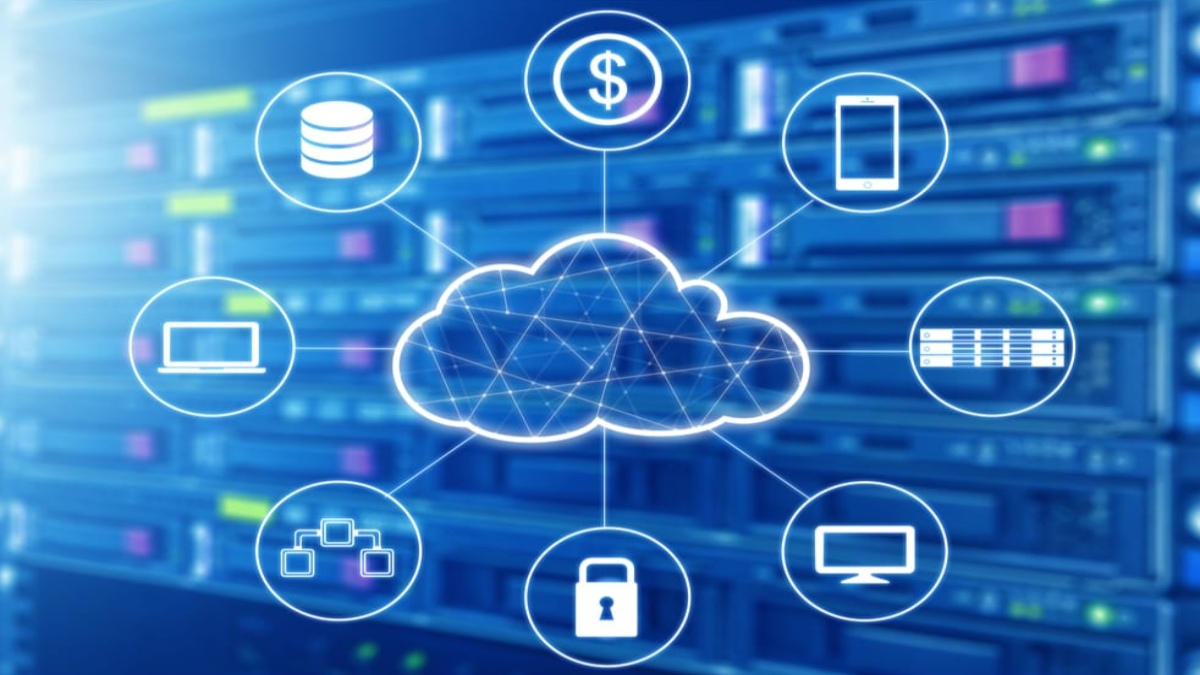Whether you use a W2 form creator or other methods for efficiently managing your payroll, you’ve got options! Traditional on-premises payroll software and modern cloud-based solutions offer different approaches, each with its own advantages and drawbacks. In this article, we’ll break down the pros and cons of both options, helping you make the right choice for your business.
1. Accessibility and Flexibility
Cloud-Based Payroll Software
With cloud-based payroll software, you get ultimate accessibility. No matter where you are, as long as you have an internet connection, you can access the system. Imagine processing payroll while sipping coffee at your favorite café or approving employee paystubs from the comfort of your home. Cloud-based solutions offer this flexibility, enabling real-time updates and seamless collaboration among your team.
On-Premises Payroll Software
On the flip side, on-premises payroll software is confined to your office environment. If you or your team members need to access the system remotely, it becomes a hassle. Updates and data retrieval outside the office premises can be a headache, especially in today’s world of remote work.
2. Cost Considerations
Cloud-Based Payroll Software
Costs should never be overlooked, and cloud-based solutions have a clever approach. They operate on a subscription model, where you pay only for what you use. Say goodbye to those hefty upfront costs! Plus, you won’t need to invest in expensive hardware or worry about maintenance expenses.
On-Premises Payroll Software
On-premises software requires significant initial investments in hardware and IT infrastructure. Big upfront costs can be daunting, especially for smaller businesses. Maintenance and IT support expenses add to the financial burden, but they might eventually balance out for large enterprises in the long run.
3. Security and Data Privacy
Cloud-Based Payroll Software
Security is crucial for your peace of mind, and cloud-based payroll software has your back. Top providers invest heavily in cutting-edge security measures, ensuring your data is safe and sound. They use encryption, multi-factor authentication, and regular security audits, complying with industry standards and regulations.
On-Premises Payroll Software
On-premises software gives you direct control over your data security, but with great power comes great responsibility. Implementing and maintaining robust security measures is up to you. For smaller businesses lacking resources or expertise, this could pose a risk to sensitive employee data.
4. Maintenance and Updates
Cloud-Based Payroll Software
Say goodbye to manual updates! Cloud-based payroll software providers handle all the maintenance and updates on their end. You’ll always have access to the latest features, bug fixes, and compliance changes without lifting a finger.
On-Premises Payroll Software
On-premises software means you’re responsible for maintenance and updates. Installing updates, performing backups, and troubleshooting technical issues can be time-consuming and expensive. This could be a challenge if you don’t have dedicated IT personnel.
Conclusion
Ultimately, the choice between cloud-based and on-premises payroll software boils down to your specific needs and preferences. Cloud-based solutions offer flexibility, cost-effectiveness, and robust security for businesses of all sizes. On-premises software might suit larger enterprises with extensive payroll needs and existing IT infrastructure.
Remember to consider factors like data security, user-friendliness, and integration with your HR and accounting systems. With careful evaluation, you can make an informed decision that aligns with your business goals. So, go ahead and choose the best fit for your payroll needs – happy payroll processing!





















